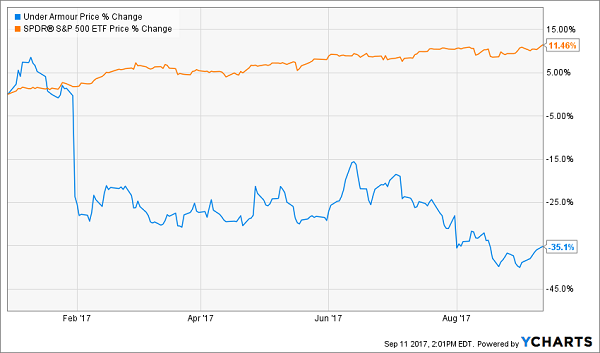Chief Investment Strategist
The Best 8% Dividends for a Bear Market
Brett Owens, Chief Investment StrategistUpdated: October 4, 2017
You’re not the only one worried about high stock prices.
The lurking (and perhaps overdue) bear has other income investors worried, too. So let’s talk about the best buys for those of you worried about a stock market pullback of 10%, or 15%, or more.
We’ll start with some stalwarts from our Contrarian Income Report portfolio that weathered the last storm. Ironically (and probably fittingly) it happened off the bat – we launched our service, and the S&P 500 promptly dropped 10%!
No problem for us, though. In fact, subscribers who focused on their own holdings rather than the financial news may have missed the broader carnage altogether.… Read more

